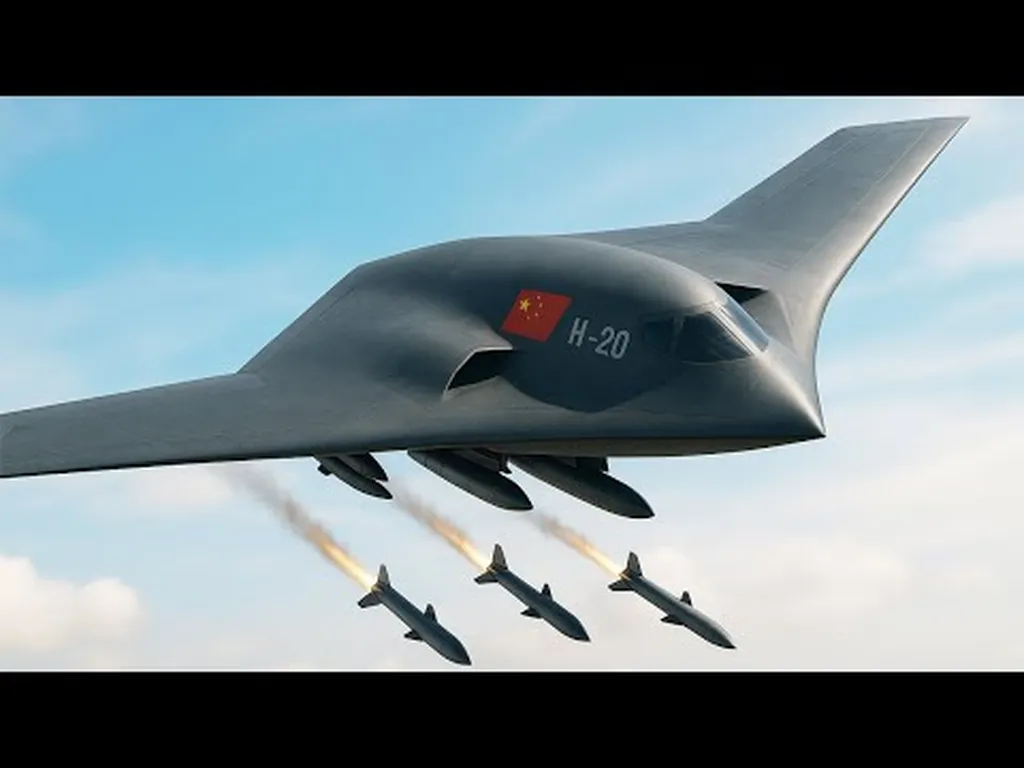China has taken a significant step forward in quantum technology with the mass production of a new generation of quantum radar detectors, a development that could reshape the global defence landscape and challenge the dominance of stealth aircraft like the US F-22 Raptor. The device, dubbed a “photon catcher,” is designed to detect the smallest units of light energy, marking a breakthrough that could revolutionise both defence and communication technologies.
Developed by the Quantum Information Engineering Technology Research Centre in Anhui province, the photon catcher is a four-channel, ultra-low noise single-photon detector. Its sensitivity allows it to pick up extremely weak optical signals, making it capable of identifying faint energy emissions that conventional radar systems would miss. Chinese researchers claim this mass production ensures self-reliance in a critical area of quantum technology and positions China as an international leader in single-photon detection.
The technology’s core advantage lies in its ability to detect individual photons with minimal background interference. Traditional radar systems struggle to distinguish signals reflected from stealth aircraft due to environmental noise, rendering them invisible. However, the quantum detector’s low noise levels could potentially identify aircraft designed to evade detection, posing a significant challenge to current stealth capabilities.
Beyond its military applications, the photon catcher has potential uses in quantum communications. It could serve as a foundational component in quantum key distribution networks, where individual photons are used to transmit encrypted information. China has already launched several quantum communication satellites and is building a national network linking major cities through quantum channels. The development of reliable, mass-produced detectors could accelerate these efforts, providing a secure communication backbone resistant to hacking or interception.
Experts highlight that the technology represents both a scientific and strategic milestone. Quantum radar, if fully realised, would rely on quantum entanglement or single-photon detection to identify objects with unprecedented precision. By measuring how photons interact with a target, such systems could theoretically locate aircraft that absorb or scatter traditional radar waves. This capability would challenge current generations of stealth fighters, bombers, and drones, which rely heavily on radar evasion for survival and strategic advantage.
China’s progress in moving from research to mass production is noteworthy, signalling Beijing’s intent to close technological gaps with Western powers and achieve self-sufficiency in key defence and information technologies often restricted by export controls. The photon catcher could enhance China’s digital government and national security data infrastructure by improving sensor networks, satellite communication, and data encryption. It aligns with Beijing’s “New Infrastructure” initiative, which seeks to develop strategic technologies ranging from artificial intelligence and 5G to quantum computing.
For military strategists, the implications are profound. Stealth aircraft such as the F-22 and F-35, long seen as the cornerstone of US air superiority, depend on radar invisibility for strategic advantage. If China can develop radar systems that neutralise this advantage, it could alter the global balance of power in air defence and deterrence. Even partial success, such as improved tracking under certain conditions, would give Chinese radar operators new tools to detect and monitor aircraft that were previously undetectable.
The announcement also underscores the deepening intersection between civilian and defence technologies in China’s innovation strategy. The same photon detection technology could be used in environmental monitoring, medical imaging, or space exploration, blurring the lines between scientific research and national security applications. For Beijing, the dual-use nature of such technologies enhances their strategic value, allowing investments in quantum research to serve multiple national objectives.
In the coming years, attention will turn to whether China can integrate these detectors into functioning quantum radar systems and demonstrate real-world performance. Analysts will watch for signs of deployment in air defence networks, naval vessels, or satellite systems, which could provide a clearer indication of their operational readiness. If successful, the photon catcher could represent not just a technological milestone, but a shift in global defence dynamics—one where the invisibility of stealth may no longer guarantee safety in the skies.

